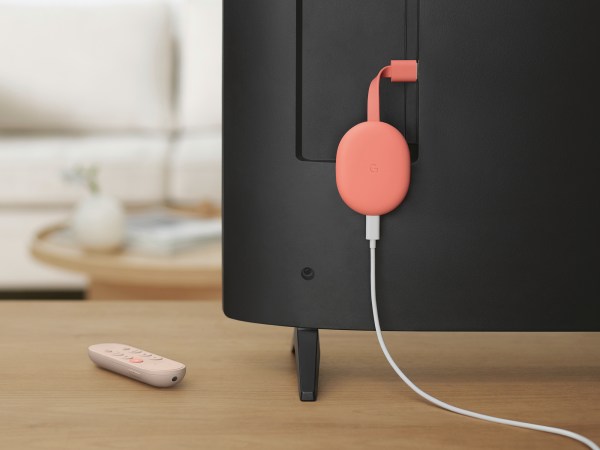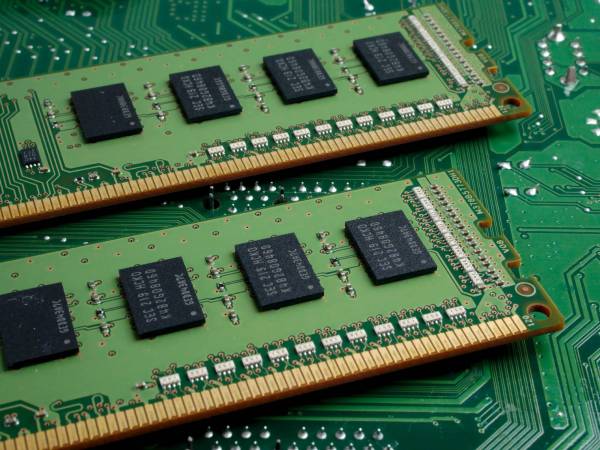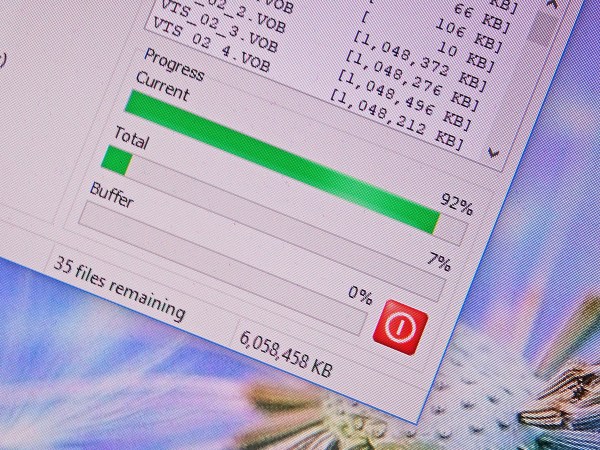

For the most part, HEIC photo files will help you out. They take up less space than JPEGs of the same quality and one file can store multiple images, for instance. Despite these benefits, you may still find them incompatible with your devices, operating system, or way of life. If you’re struggling with this file format, one of these solutions should do the trick.
How to turn off HEIC on an iPhone
This one’s for the people who would rather never see “.heic” again. But before you kick it to the curb, you should understand what you’re dealing with. Apple latched onto the high-efficiency image format (HEIF) standard with iOS 11 and macOS High Sierra in 2017, chose HEIC as the file name extension, and has rolled with it for the past four-plus years—it appears to be here to stay. And as its name indicates, it’s efficient—a test photo we took for this story clocked in at 756 KB as an HEIC but 1.18 MB after we converted it to a JPEG. That’s a 56 percent size difference.
You’re not stuck with it, though, and you can tell your phone to only capture images as JPEGs. To do so, open the iPhone’s Settings app, tap Camera, then Formats, and select Most Compatible. Doing so will also ensure all your videos are saved in H.264 video format (better known as MP4) instead of high-efficiency video compression (HEVC). If you want to go back to HEIC and HEVC for any reason, follow the same steps but choose High Efficiency on the final screen.
How to stop transferring HEIC photos
Let’s face it: anyone who takes a lot of photos on their smartphone knows storage space is at a premium. And as we’ve explained, HEIC is pretty good at suppressing the speed at which your device fills up. But maybe you don’t want to deal with HEIC files when you move those images off your phone. Well, there’s a setting for that.
Open the iPhone’s Settings app, find Photos, and scroll down to the Transfer to Mac or PC heading. There, make sure the little blue check mark is next to Automatic. This will ensure that when you transfer your pics, they’ll move in a compatible format. The other option, Keep Originals, will do exactly what it says: transfer the original file without caring about compatibility.
Some devices and programs will automatically convert HEIC files to compatible formats regardless of what you choose here. If you send an HEIC photo to someone with an Android phone, for example, it might turn into a JPEG when they download it, depending on their device and operating system.
How to view, edit, and convert HEIC files on Windows
Even though HEIC isn’t an Apple invention (that honor goes to the Moving Picture Experts Group), it’s at home in the Mac-verse and you’re likely to run into more trouble with it on a Windows machine.
You can view and edit HEIC files in Windows’ built-in Photos app, but you may have to tell your computer that you want to use Photos to open this type of file. If you try to open an HEIC file and get a popup message asking how you want to open it, make sure the box next to Always use this app to open .heic files is checked and select Photos. If the app isn’t listed there, click More apps, and if it still doesn’t show up, click Look for another app on this PC to run a search for it. Another note: while this works on recent versions of Windows, it may not work on older ones—you’ll need to update.
Once the image is open in the Photos app, you can crop, adjust, and do whatever you want to it. When you’re done, click Save a copy in the bottom right, and your edited photo will save as a JPEG. You can, of course, edit HEIC files in various photo editing programs too. The free GIMP, for example, supports them, but longtime users will want to ensure they’ve updated to a version that can handle HEIC.
[Related: Free alternatives to Photoshop that give you maximum creative freedom]
Conversion is just as straightforward. Whether you want to edit a photo or not, the Save a copy button is always visible in Photos’ editing mode. Make no changes and click on it to save it as a JPEG. You can also look at the folder the HEIC file is in, click View, check the box next to File name extensions, right-click the file, choose Rename, and replace “.heic” with “.jpg”. Windows will warn you that this could make the file unstable, so it’s up to you if you want to run that risk (the files we renamed this way still worked fine)
How to view, edit, and convert HEIC photos on macOS
HEIC is part of the Apple ecosystem, so it’s naturally compatible with macOS, and these HEIF files will easily open in Preview like any other photo. You can edit it right there, or in any compatible image-editing program.
Now let’s talk about conversion. It’s—you guessed it—also easy. With an HEIC file open in Preview, click File, Export, and open the dropdown menu next to Format. There, choose JPEG or any of the other options. Choose your export quality, file name, and location, then hit Save. Done.















